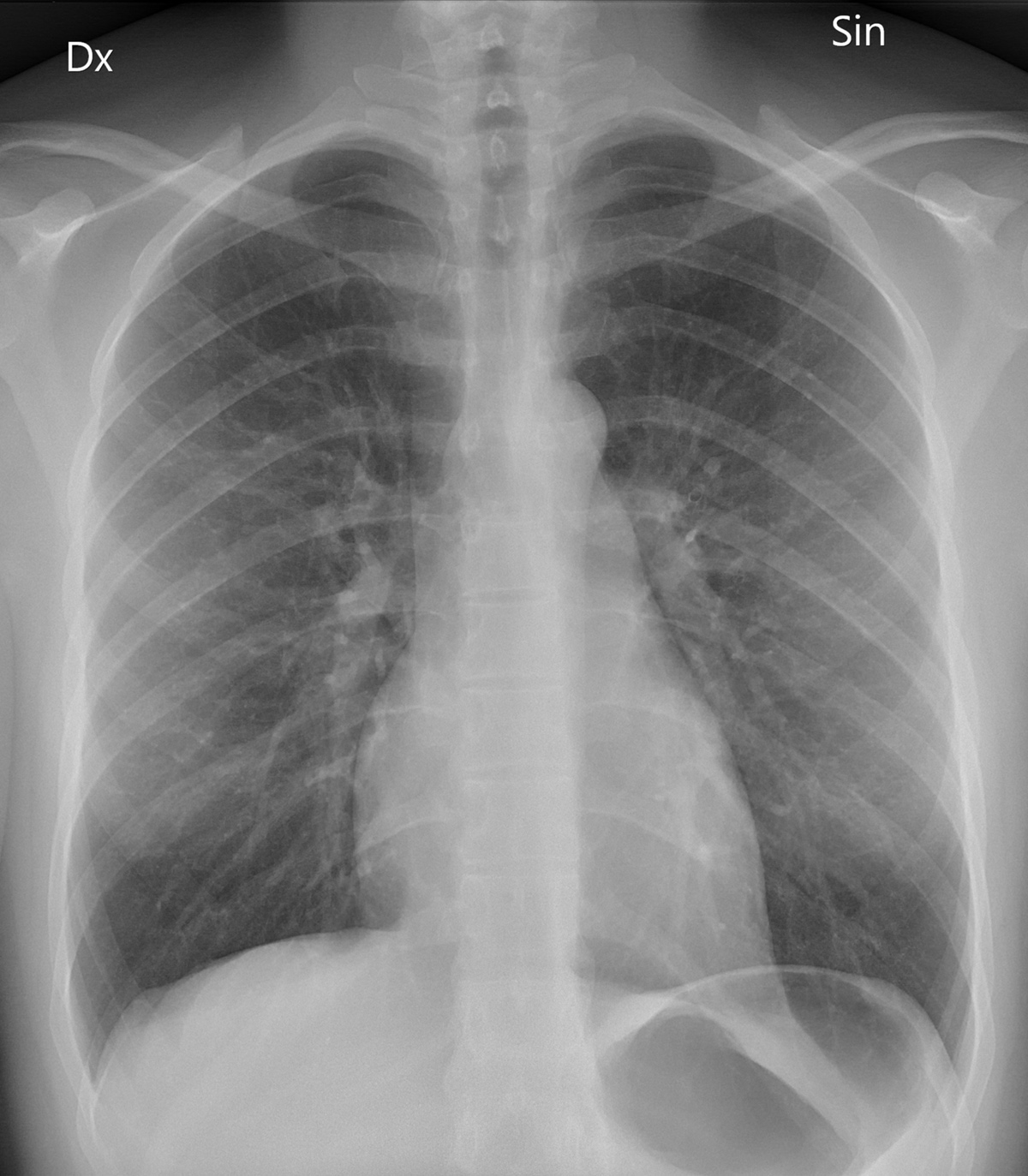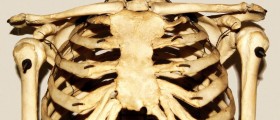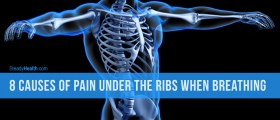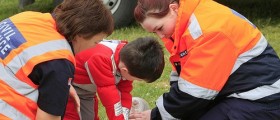
Costochondritis, also known as chest wall pain, costosternal syndrome and costosternal chondrodynia, is an inflammation of one or more of the costal cartilages. This inflammatory process causes sharp pain in the costosternal joint at a spot where the ribs and a breastbone are joined by rubbery cartilage. This pain may often be confused with a heart attack or other cardio-vascular conditions. Condition in which swelling accompanies the inflammation of the costal cartilages is known as Tietze syndrome.
Causes of costochondritis
It is not yet certain what exactly causes costochondritis. However, in some cases indirect cause of costoc hondritis may originate from an injury, heavy lifting or extreme physical labor or any kind of disease that affects upper respiratory system. costochondritis may also be a symptom of more serious disease called fibromyalgia.
This condition is characterized by chronic pain in response to pressure. The upper part of the breastbone is a common tender spot for patients with fibromyalgia. Sometimes costochondritis occurs as an effect of phenomenon known as “referred pain”. If this is the case, the human brain mistakes the pain symptoms and perceives them at a different site from the injury's origin. This way, the feeling of a chest pain may originate from a completely different place in the body.
Symptoms of costochondritis
Patients suffering from costochondritis will normally experience chest wall pain. The affected spot, at the costosternal joint, is painful and extremely sensitive to touch and pressure. The pain is most commonly sharp in nature, but it may also express as a dull or gnawing pain. The pain is normally situated at the left side of breastbone, but it may also affect the other nearby areas, and sometimes even be situated at the opposite side.
Patients with costochondritis most commonly complain about pain associated with deep breathing, pain while coughing, and a difficulty to breathe. Pain associated with breathing may often spread all the way to the back or abdomen.
As already mentioned, costochondritis pain is often confused with a symptoms of heart attack. However, there is a major difference in the symptoms of these conditions.
While costochondritis pain seems to be focused on a small area and comes from the breastbone, pain associated with heart problems usually feels as a pain from deep inside and it is widespread rather than focused. costochondritic pain is constant, and doesn’t change in nature; it may eventually lessen with decreased movement, quiet breathing, or change of position. On the other hand, pain associated with heart attack gets worse with physical activity or stress.
















Your thoughts on this
Loading...